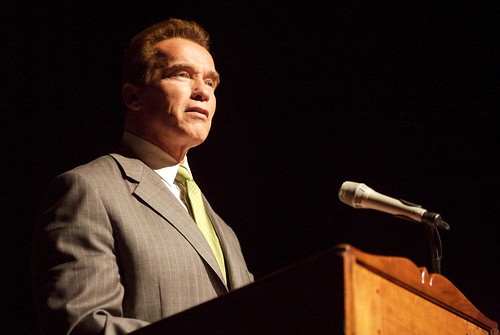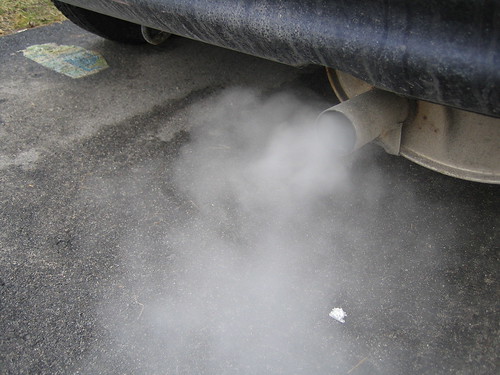-
When it comes to climate change London’s dropping 10 by 10 | TckTckTck
A new campaign called 10:10 UK was launched today with the aim of signing up people, companies and organizations who will commit to reducing their carbon footprint 10% by 2010. The founder of this ambitious project is Franny Armstrong who also happens to be the Director of the new climate change film, The Age of Stupid.
-
The conditional promise from the largest economy of Southeast Asia is a far more ambitious target than other developing countries have considered and on a par with the most ambitious rich nations.
-
Eco Tech: Japan Plans $21bn Space-based Solar Farm For 1GW Of Power – Ecofriend
Space-based solar plants are slowly gathering momentum with a Japanese project to develop a space solar plant that is capable of generating 1GW of power being announced. The project will be developed by Mitsubishi Electric Corp. and IHI Corp. and will make use of a four square kilometer array of solar panels stationed 36,000km above the surface of earth.
-
Copenhagenize.com – The Copenhagen Bike Culture Blog: 200 Lousy Bicycles For UN Climate Conference
The world is coming to Copenhagen in December for the UN COP15 Climate Conference. The media focus is intensifying the closer we get.
About a year ago I wrote a letter to various parties suggesting some good ideas about how Copenhagen and Denmark could profile themselves when the world comes to town. One of the ideas was to provide bicycles for the delegates who will be arriving from all over the planet. Making bicycles available to them, free to use, in order to show them how the bicycle is the ultimate symbol of sustainability and quick and easy transport in the Danish capital. My idea also included recruiting iconic Danish cycling girls to lead pelatons of delegates to and from the conference centre Bellacenter.
-
Boris Johnson announces London’s 10 ‘low-carbon zones’ | Environment | guardian.co.uk
Ten London boroughs have won funding to develop “low-carbon zones” with schemes ranging from “energy doctors” to solar panels for schools and electric car charging points, London Mayor Boris Johnson said today.
-
Arctic summers are hottest for 2,000 years, say scientists | Science | guardian.co.uk
The Arctic has warmed as a result of climate change, despite the Earth being farther from the sun during summer months
-
HP today announced the HP Long Life Battery for its commercial notebook PCs, providing customers with an increased battery lifespan and reduced cost of ownership versus standard batteries. HP is offering the industry’s only three-year limited warranty on the long-life battery, when used with selected commercial notebook PCs, enabling customers to maximise their PC investment and reduce the costs associated with replacing batteries.
-
Getting stuck in traffic sucks. While traffic jams have an uncomplicated cause — too many dang cars — the solution isn’t quite so simple; there’s no getting away from them completely in the foreseeable future. While we wait for high-speed rail to come to the U.S., there’s some good news that can help cut back on time wasted in traffic jams and carbon emissions. According to a new study, cars equipped with GPS navigation systems with real-time traffic info can save American drivers a hefty four days — and 21 percent of their cars’ carbon emissions — a year.
Posted from Diigo. The rest of my favorite links are here.





